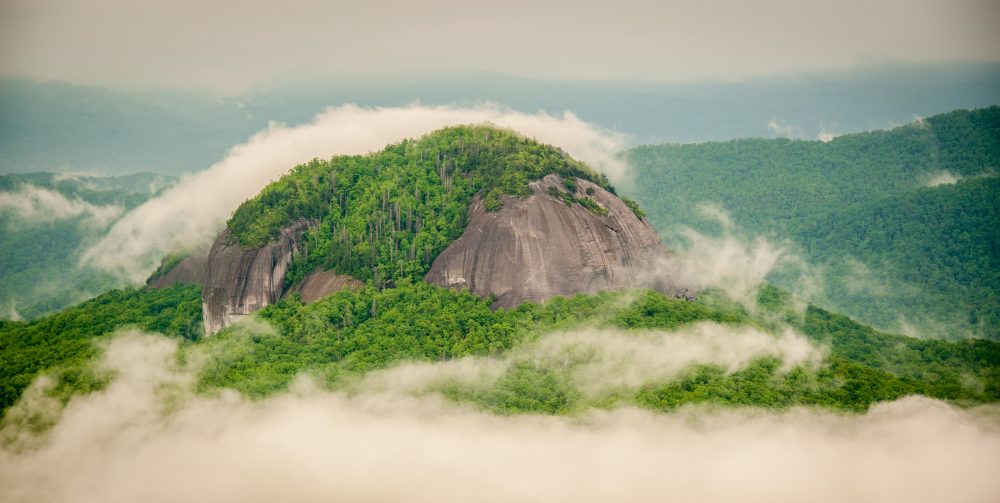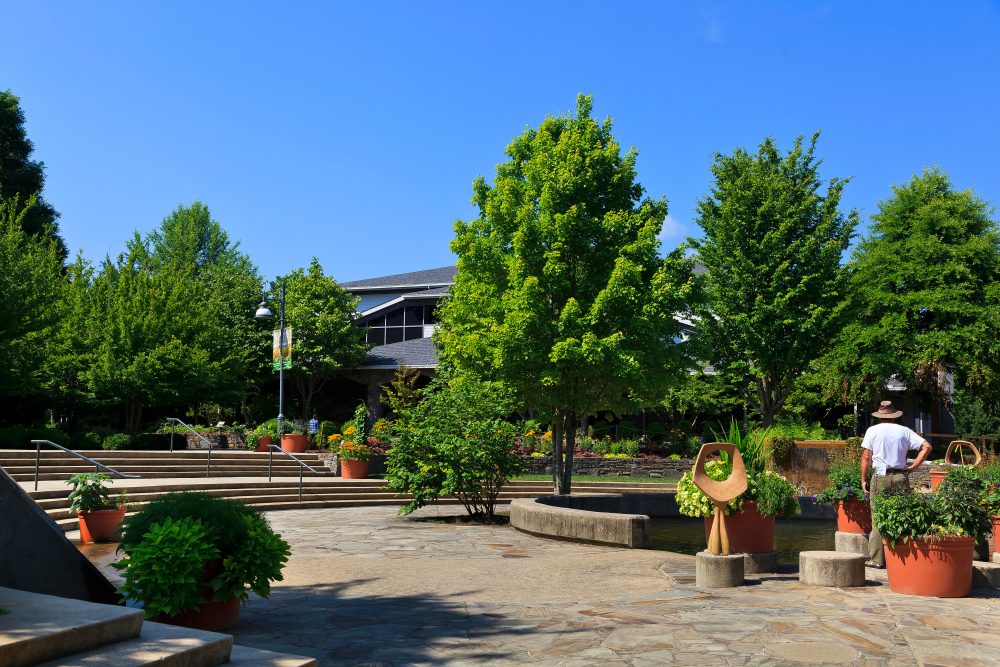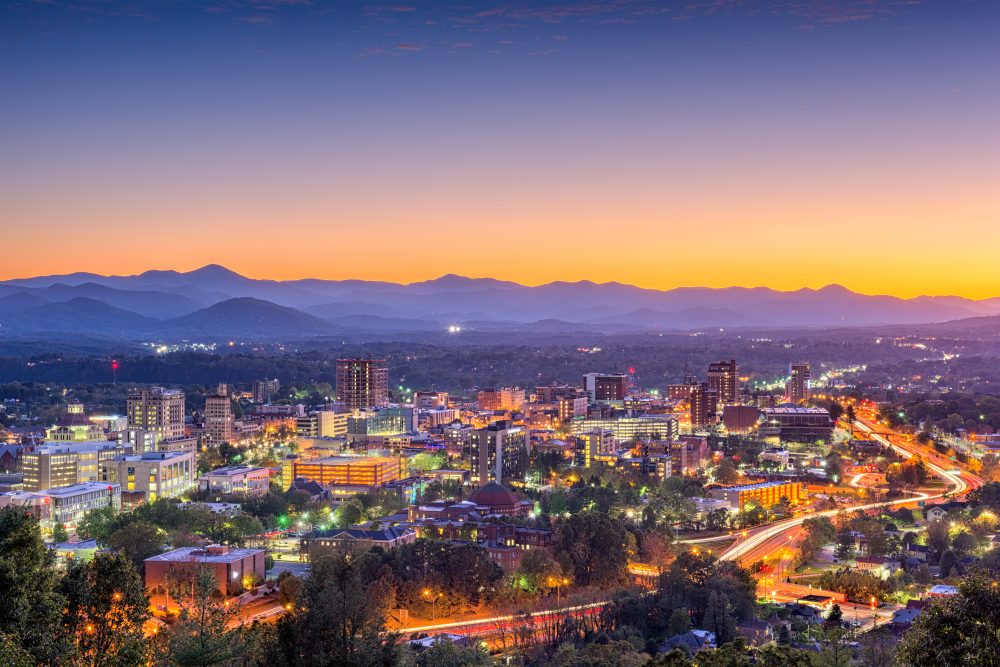Nestled in the picturesque Blue Ridge Mountains of North Carolina, Asheville boasts a rich tapestry of culture, history, and natural beauty. Renowned for its vibrant arts scene, eclectic cuisine, and outdoor adventures, this charming city offers something for everyone. Whether you’re a nature enthusiast, history buff, or foodie, Asheville promises a plethora of captivating experiences. Let’s embark on a journey through some of the most intriguing points of interest around Asheville.
Biltmore Estate:
Standing as a testament to Gilded Age grandeur, the Biltmore Estate is a must-see attraction in Asheville. This magnificent mansion, built by George Washington Vanderbilt II, features 250 rooms spread across 175,000 square feet, making it the largest privately-owned house in the United States. Visitors can explore the opulent interiors, lush gardens, and scenic grounds while learning about the Vanderbilt family’s legacy. From guided tours of the estate to wine tastings at the Biltmore Winery, there’s no shortage of activities to enjoy on this historic estate.

Blue Ridge Parkway:
Stretching for 469 miles through Virginia and North Carolina, the Blue Ridge Parkway offers breathtaking vistas and unparalleled opportunities for outdoor recreation. As it winds its way through the mountains, this scenic highway provides access to hiking trails, overlooks, and picnic areas, allowing visitors to immerse themselves in the region’s natural splendor. Whether you’re driving along the parkway to admire the fall foliage or embarking on a challenging hike to a scenic vista, the Blue Ridge Parkway never fails to captivate with its beauty.
Downtown Asheville:
Experience the heartbeat of the city by exploring downtown Asheville, a vibrant hub brimming with shops, galleries, and culinary delights. Stroll along historic streets lined with art deco architecture, browse local boutiques for unique treasures, and sample farm-to-table cuisine at one of the many acclaimed restaurants. Don’t miss the chance to visit the Asheville Art Museum, which showcases a diverse collection of works by regional and national artists, or catch a live performance at one of the city’s theaters or music venues.
Pisgah National Forest:
For outdoor enthusiasts seeking adventure, Pisgah National Forest beckons with its rugged terrain, cascading waterfalls, and miles of hiking trails. Spanning over 500,000 acres, this vast wilderness offers endless opportunities for exploration, from scenic drives along the Blue Ridge Parkway to backcountry backpacking adventures in the Linville Gorge Wilderness. Hike to the summit of Mount Pisgah for panoramic views of the surrounding mountains, or cool off with a refreshing dip in one of the forest’s pristine mountain streams.

The River Arts District:
Discover Asheville’s creative spirit in the River Arts District, a revitalized neighborhood where artists and craftsmen showcase their talents in converted warehouses and studios. Meander through a labyrinth of galleries and working studios, where you can watch artists at work and purchase one-of-a-kind pieces directly from the creators. From ceramics and sculpture to painting and photography, the River Arts District offers a diverse array of artistic expressions to admire and explore.
North Carolina Arboretum:
Escape the hustle and bustle of the city and immerse yourself in the tranquility of nature at the North Carolina Arboretum. Situated on 434 acres adjacent to the Pisgah National Forest, this botanical garden features an extensive collection of plants native to the Southern Appalachians, as well as themed gardens, hiking trails, and educational exhibits. Wander through the tranquil landscapes, marvel at the colorful blooms, and learn about the region’s rich biodiversity at this peaceful oasis in the heart of the mountains.
In conclusion, Asheville, NC, is a treasure trove of captivating attractions, from historic landmarks and natural wonders to artistic enclaves and culinary delights. Whether you’re seeking adventure in the great outdoors or inspiration in the vibrant arts scene, Asheville offers a diverse array of experiences to satisfy every traveler’s interests. So pack your bags, hit the road, and embark on an unforgettable journey through the enchanting landscapes and cultural treasures of Asheville, North Carolina.
Commercial Roof Installation Asheville NC
source https://naroofing.com/blog/exploring-the-allure-of-asheville-nc-a-guide-to-points-of-interest/


